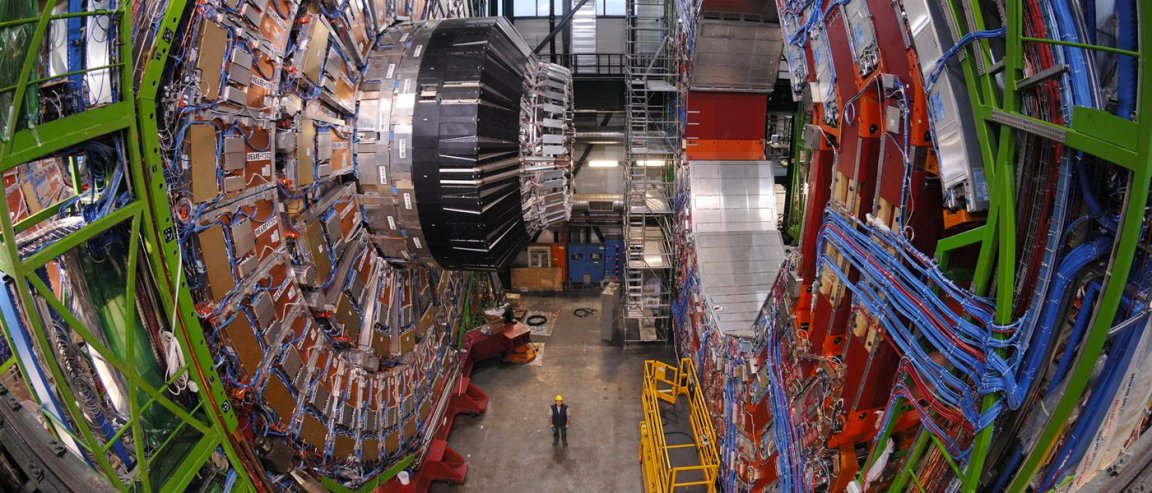
An Intriguing Behavior
The Large Hadron Collider (LHC) is currently the world’s most sophisticated and advanced particle accelerator. And — you guessed it — it’s also the largest. The LHC can be found at the European Organization for Nuclear Research’s (CERN) accelerator complex, and its job, in simple terms, is to propel particles into super-fast motion, rotating them along a 27-kilometer (16.7-mile) ring of superconducting magnets, and smash them together. And no, “Flash” fans — it doesn’t turn us into metahumans.
In the years since it was first activated in 2008, the LHC has made a number of discoveries that contribute to our understanding of the physics of particles in our world — the so-called Standard Model. Most notable of these is the discovery of the Higgs Boson in 2012. Now, LHC scientists may be on the verge of a new breakthrough as they’re unearthed data from the particle accelerator’s recent run that deviates from the Standard Model and hints at new physics.
The scientists found that subatomic particles called B0 mesons don’t decay or fall apart in a manner that’s predicted by our current understanding of physics, a property referred to as lepton universality. “Deviations such as what we see now are very exciting in the sense that if there are new particles, it means we can eventually use those new building blocks,” said CERN physicist Freya Blekman in an interview with Wired. “Either lepton universality is not true, or there is something extra happening, for example, a new extra intermediate particle.”
A Theory of Everything
Don’t start rewriting the Standard Model just yet, though. More data and observations are needed to definitively conclude anything. “While potentially exciting, the discrepancy with the Standard Model occurs at the level of 2.2 to 2.5 sigma, which is not yet sufficient to draw a firm conclusion,” according to a report by CERN. This means that there’s still a 1 in 100 probability that the findings don’t really point to a new physics and are simply the result of chance.

The necessity of continuous observation and more data is expected, of course — that’s how science works. Likewise, challenging accepted knowledge — like what the LHC’s data on B0 mesons is doing to the Standard Model — is also part and parcel of science. It really isn’t surprising, especially since the Standard Model of particle physics includes missing pieces that need to be filled.
Certain objects, particularly subatomic ones, behave in ways not explained by the Standard Model. This illustrates the need for other models, like quantum physics. Such will be the way things are until, perhaps, we finally stumble upon a theory that explains everything about how the world works. For now, technologies like the LHC are our best way to fill these gaps in the Standard Model.